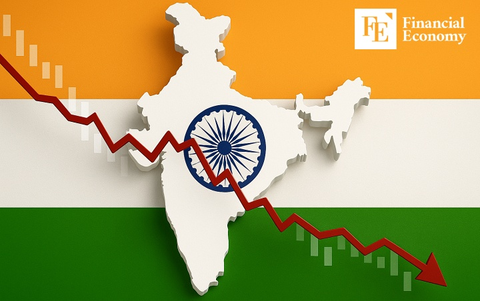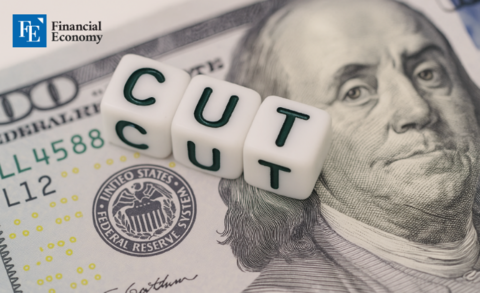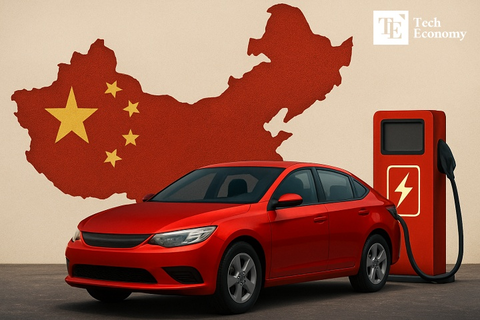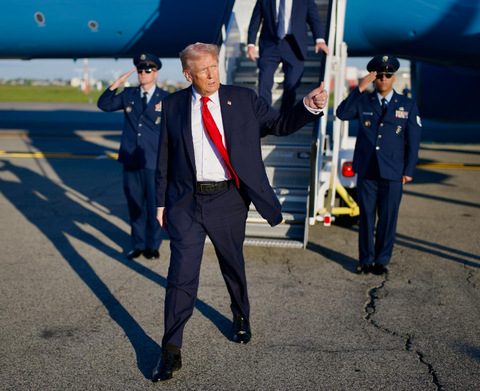Semiconductor Equipment Giant ASML Hit Hard by U.S.-China Trade War
Input
Changed
ASML’s Position as a Key Semiconductor Equipment Maker Under Threat Market Cap Plunges Amid U.S.-China Tensions and Rising Pressure ASML Rewrites Its Survival Strategy, Expands Lobbying Efforts
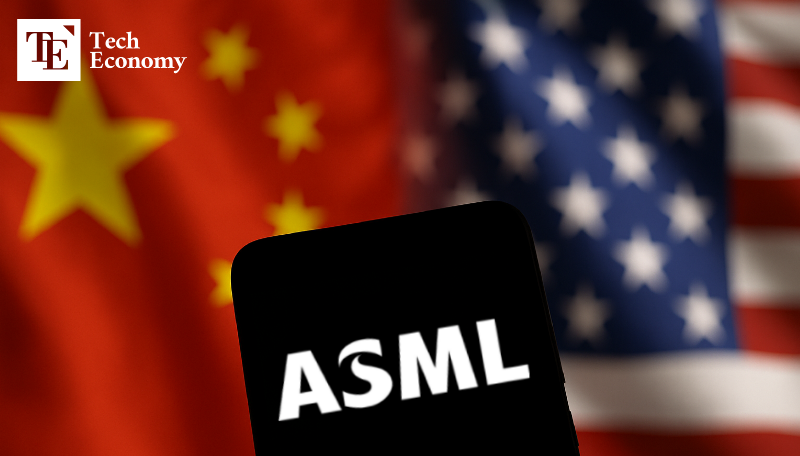
ASML, the Dutch semiconductor equipment company widely regarded as a key player in the global chip supply chain, has taken a direct hit from the U.S.-China tariff war. Facing mounting challenges from export restrictions to China and uncertainty surrounding U.S. trade policy, ASML has seen its market capitalization shrink by nearly half in less than a year—shaking its industry dominance. Caught at the crossroads of supply chain interests and national security strategies, the company is now rethinking its long-term strategic direction.
ASML CEO Warns: “U.S. Policy Threatens Global Chip Supply Chain”
According to The New York Times on the 8th (local time), Christophe Fouquet, CEO of ASML, stated in a recent interview, “U.S. government policy alone is destabilizing the semiconductor supply chain that has taken decades to build,” adding that “this could slow the development of artificial intelligence (AI) and instead accelerate China’s efforts to domestically develop semiconductor technologies.”
ASML, a Dutch company, produces extreme ultraviolet (EUV) lithography machines—each priced at around $400 million and requiring parts shipped in on multiple trucks. Often dubbed “the most complex machine in the world,” EUV tools are critical to manufacturing next-generation chips for smartphones, AI processors, and autonomous vehicles. These machines rely on components supplied by hundreds of companies across the U.S., Europe, and Asia, making global cooperation essential to their production.
ASML’s rise is largely credited to decades of unwavering investment. After listing on the New York and Amsterdam stock exchanges in 1995, ASML began focusing on EUV, firmly believing it would be the future of chipmaking. Although the technology was seen as too complex and risky by competitors, ASML persisted. The first prototype was delivered for testing to a Belgian research center in 2006, and it took another 12 years before commercial deployment began in 2018.
Another key to ASML’s success was its tight control over the supply chain. The company acquired firms with essential technologies early on, nurturing proprietary innovation within its own ecosystem. A prime example is its €950 million (approx. $1.4 billion) acquisition of San Diego-based light-source manufacturer Cymer in 2013. ASML’s former CTO Martin van den Brink told MIT Technology Review, “Our success depends on their success,” referring to the pivotal role of acquired firms’ technologies in ASML’s competitiveness.
Market Value Plummets 30% in 11 Months
ASML now finds itself navigating a rapidly shifting business environment. Former President Donald Trump recently announced 50% tariffs on European products—only to retract the move two days later—creating policy volatility. Meanwhile, the Dutch government’s talks on easing export restrictions to China collapsed with the fall of its cabinet. The U.S. has been pressuring the Netherlands to block EUV exports to China since 2019, and even the Biden administration later expanded restrictions to include older-generation equipment.
These export controls on China, driven by intensifying U.S.-China tech rivalry, have become a major strategic risk for ASML. With bans on EUV and High-NA lithography equipment exports to China in place, a key revenue stream has been severely disrupted. Whereas China accounted for 50% of ASML’s revenue in Q2 last year, that share has since dropped to 25%.
ASML’s market capitalization has also taken a hit. From a peak of $429.5 billion (approx. ₩583 trillion) in July last year, it has fallen to below $260 billion (approx. ₩352 trillion) as of the close on June 8—representing a 30% drop in less than a year. Stéphane Houri, an analyst at French investment bank ODDO BHF, explained, “Concerns over U.S. export controls on China are weighing heavily on all semiconductor equipment manufacturers.”
Beyond immediate revenue losses, restrictions on exports to China are also undermining ASML’s ability to maintain its technological edge. With expensive EUV systems now excluded from the Chinese market, ASML’s path to recovering earnings has become increasingly complicated—prompting broader discussions about possible structural shifts in the global semiconductor supply chain.
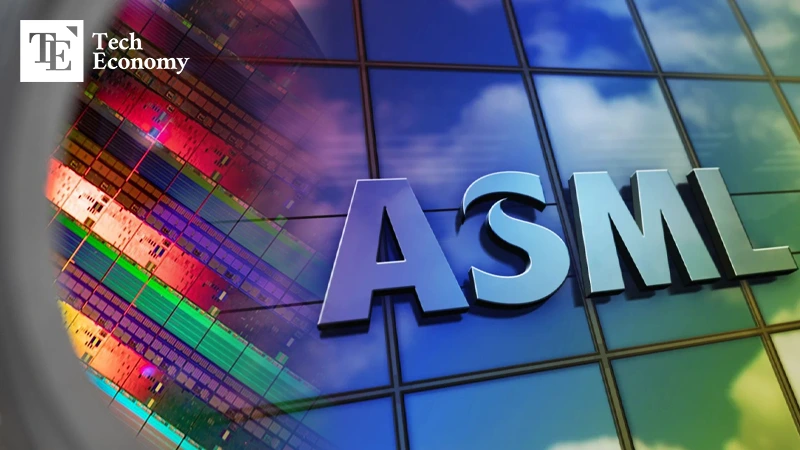
Caught Between Superpowers, Europe Moves to Secure Its Own Tech Future
Despite its unmatched technological leadership, ASML finds itself vulnerable to geopolitical forces. The U.S. is politicizing global supply chains under the banner of national security, while China views this as a form of technological containment and is doubling down on self-reliance. Reports suggest Chinese firms, including Huawei, are actively recruiting former ASML employees to help develop domestic alternatives.
Observers say ASML is trapped in a geopolitical gray zone with no clear ally. Former CEO Peter Wennink once described the situation as a “decades-long ideological war,” signaling that technical leadership alone is no longer enough to survive. This implies that companies like ASML must go beyond product innovation and consider geopolitical positioning, diplomatic strategy, and security risks in their corporate planning.
ASML is now facing the challenge of finding balance between a U.S. that wants to weaponize its technology and a China that is determined to retain access. The resulting tension between corporate technological independence and national strategic dependency exemplifies the broader dilemma faced by many global tech firms—and may reshape Europe’s own semiconductor strategy.
In response to this shifting landscape, nine EU countries, led by the Netherlands, have formed the Semicon Coalition. On March 12, Austria, Belgium, Finland, France, Germany, Italy, Poland, Spain, and the Netherlands signed a joint declaration in Brussels to establish the coalition. Proposed by Dutch Economic Affairs Minister Micky Adriaansens, the initiative aims to strengthen the EU's semiconductor capabilities through expanded production, accelerated innovation, and deeper cooperation across the value chain.
In parallel with regional efforts, ASML is expanding its lobbying footprint—adding teams in Washington, Brussels, and The Hague. CEO Christophe Fouquet emphasized, “We cannot allow politics to undermine technology,” warning that “intensifying protectionism under the guise of national security will ultimately slow technological progress for everyone.”


